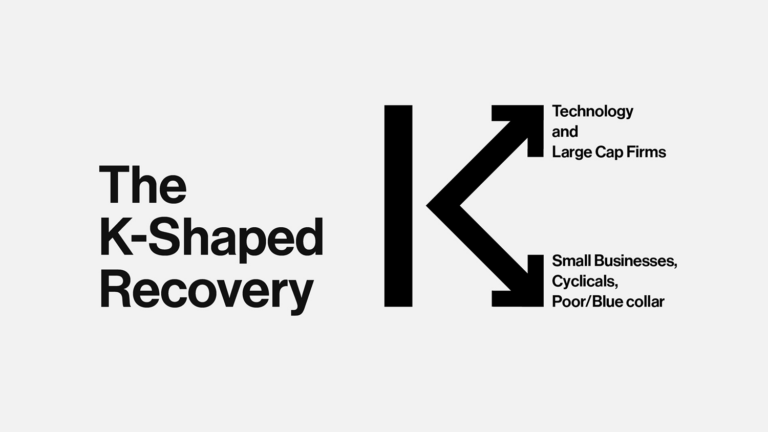Numbers confirm that the pandemic is turning more and more into a shecession, a recession that mainly affects women, and post-crisis recovery plans should start taking this into account.
By now we have all understood that the current emergency is the most serious economic and social crisis since the second postwar period. Journalists and politicians are pressing on this issue, representing the harshest reality (layoffs, imposed closures that have cut off activities, etc.), but what is not said – or said speaking quietly – is that the crisis provoked by the Covid 19 pandemic mainly affects women, with alarming percentages.
New studies show how employment recovery (especially in the US) after the pandemic peak last spring has mostly benefited men. At the start of 2020, only 58% of women in America were employed as stated by Simeon Djankov and Eva (Yiwen) Zhang. Since the peak last October, it has fallen by 2%. The gender gap, the difference between employed men and women, has risen since last January, confirming that the resumption of hiring is mainly the prerogative of men.
Recently the term ‘shecession’ has gained momentum, demonstrating that this recession has severely affected the employment prospects of women. A McKinsey and Lean In survey – based on the in-depth BBC article – on women in North America, says that one in four women have thought about quitting their jobs or reducing their hours due to the lack of flexibility of the company they work for, family responsibilities and stress due to the consequences of the pandemic. 8% of the women interviewed went from full time to part time, against only 2% of men.
Titan Alon, Matthias Doepke, Jane Olmstead-Rumsey, Michèle Tertilt have studied in more depth the data of this shecession. It has emerged that female unemployment rate has risen by 2.9% more than the male one, a figure that once again demonstrates the peculiarity of the pandemic crisis compared to many other recessions in the past which tended to affect men’s work more than women’s.
The reasons for this contrasting trend are different. On the one hand, we know that the sectors most affected by the crisis are also those that employ the largest number of women, the so-called “contact-intensive” jobs that include tourism, restaurants, hotels, etc. On the other hand, many studies remind us that the closure of kindergartens and primary schools, with the consequent need to look after the children left at home, has fallen mainly on women, making it extremely difficult to work or find a job.
As Alon and his colleagues point out, there are relationships between recession and incomes that produce long-term effects. Losing a job during a recession leads to a persistent reduction in income received. This is because, very often, the job that can be found after a recession is not comparable, in terms of responsibility, salary and career opportunities, to what was done previously. In a shecession this means an inexorable increase in the difference in income and wages between men and women. The study also recalls the possible consequences given by the spread of this phenomenon. Propagation that could lead to an amplification of the crisis, mainly through a substantial weakening of consumption.
Djankov and Zhang conclude their study by identifying three fundamental points on which the legislator should focus attention in the months and years to come. Continuing education, parental leave and a tougher fight against the salary gap. This last point, the authors note, should be one of the pillars on which to base post-pandemic recovery plans.






